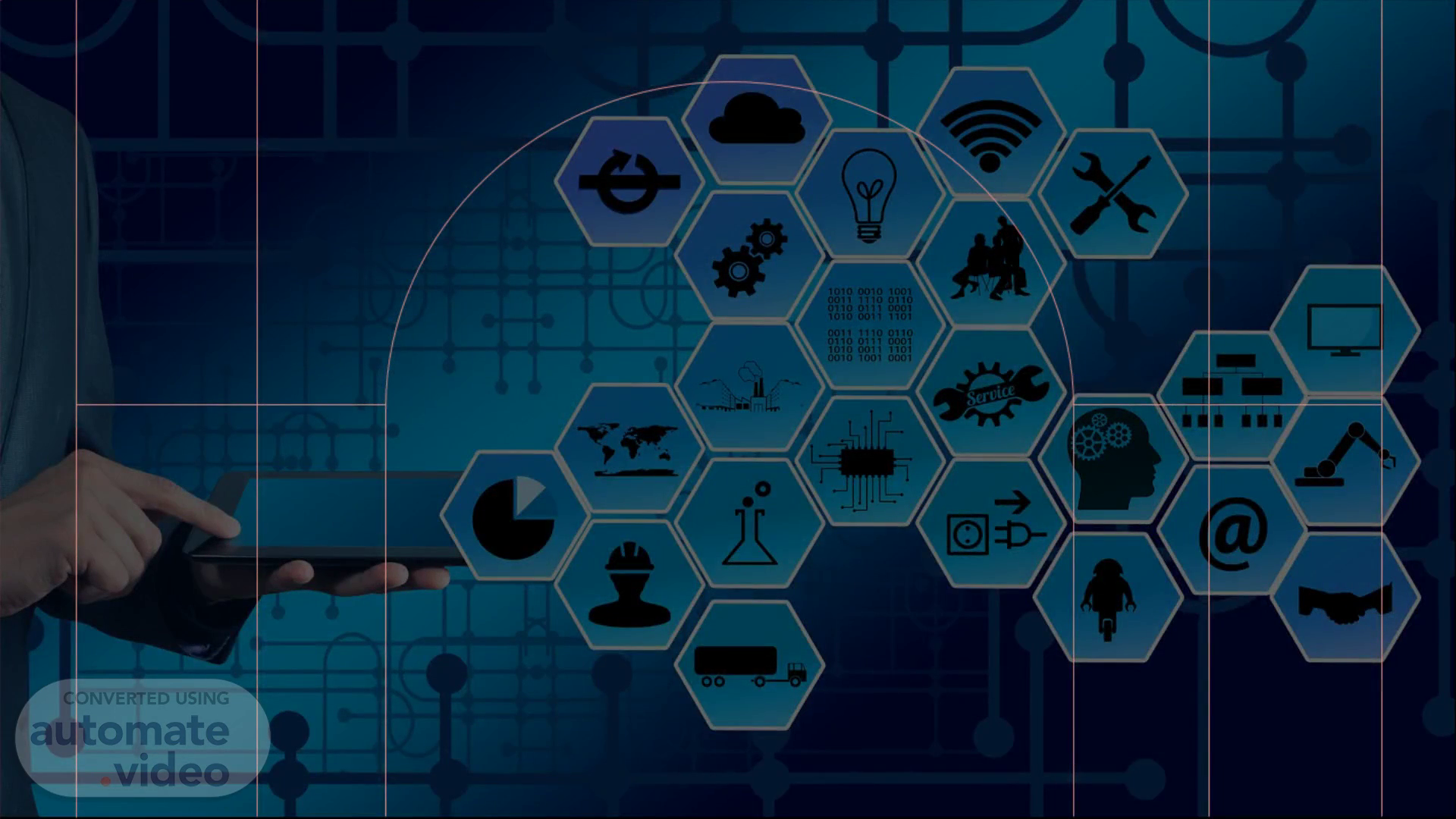
Page 1 (0s)
A picture containing outdoor object, honeycomb, person, person Description automatically generated.
Page 2 (19s)
Implementation. Not all companies that adopt SAP software use all of the SAP ERP modules. The company's level of data integration is highest when the company uses one vendor to supply all its ERP modules. When a company uses modules from different vendors, additional software must be created to get the modules to work together. Software upgrades of nonintegrated systems are made more problematic because further work must be done to get software from different vendors to interact. After a company chooses its major modules, it must make decisions on how to configure the system which allows the company to customize the modules it has chosen to fit its needs..
Page 3 (31s)
Implementation. Not all companies that adopt SAP software use all of the SAP ERP modules. The company's level of data integration is highest when the company uses one vendor to supply all its ERP modules. When a company uses modules from different vendors, additional software must be created to get the modules to work together. Software upgrades of nonintegrated systems are made more problematic because further work must be done to get software from different vendors to interact. After a company chooses its major modules, it must make decisions on how to configure the system which allows the company to customize the modules it has chosen to fit its needs..
Page 4 (46s)
A picture containing outdoor object, honeycomb, person, person Description automatically generated.
Page 5 (50s)
Features. Suitability for large companies, high cost, automation of data updates, and applicability of best practices. Acquiring an SAP ERP software system is very expensive. Many companies find they must buy new hardware to accommodate such powerful programs. Most companies view ERP implementation as an ongoing process as implementations are completed in one are of a company, other areas may begin an implementation or upgrade a previous implementation. The modular design of SAP ERP is based on business processes. When data are entered into the system, data in all related files in the central database are automatically updated. If a company's business practices do not follow one of the best practices incorporated in the SAP ERP design, then the business must redesign its practices so it can use the software..
Page 6 (1m 56s)
Features. Suitability for large companies, high cost, automation of data updates, and applicability of best practices. Acquiring an SAP ERP software system is very expensive. Many companies find they must buy new hardware to accommodate such powerful programs. Most companies view ERP implementation as an ongoing process as implementations are completed in one are of a company, other areas may begin an implementation or upgrade a previous implementation. The modular design of SAP ERP is based on business processes. When data are entered into the system, data in all related files in the central database are automatically updated. If a company's business practices do not follow one of the best practices incorporated in the SAP ERP design, then the business must redesign its practices so it can use the software..
Page 7 (2m 55s)
A picture containing outdoor object, honeycomb, person, person Description automatically generated.
Page 8 (3m 1s)
ERP for midsized and smaller companies. By 1998, ERP vendors refocused their marketing efforts on midsized companies. Small and midsized companies represented a ripe, profitable market. To appeal to this new market, SAP developed SAP Business All-in-One, a single package containing specific, preconfigured bundles of SAP ERP tailored for particular industries which can be installed more quickly than the standard ERP product. To address the needs of smaller companies, SAP purchased the ERP system of Israeli-based TopManage Financial Systems in 2002 and renamed it SAP Business One. BusinessByDesign product which is an ERP product hosted by SAP and accessed through the Web Browser. It is an example of the software-as-a-service (SaaS) approach that eliminates the need for a company to buy and maintain the software and hardware to run an ERP application..
Page 9 (4m 5s)
ERP for midsized and smaller companies. By 1998, ERP vendors refocused their marketing efforts on midsized companies. Small and midsized companies represented a ripe, profitable market. To appeal to this new market, SAP developed SAP Business All-in-One, a single package containing specific, preconfigured bundles of SAP ERP tailored for particular industries which can be installed more quickly than the standard ERP product. To address the needs of smaller companies, SAP purchased the ERP system of Israeli-based TopManage Financial Systems in 2002 and renamed it SAP Business One. BusinessByDesign product which is an ERP product hosted by SAP and accessed through the Web Browser. It is an example of the software-as-a-service (SaaS) approach that eliminates the need for a company to buy and maintain the software and hardware to run an ERP application..